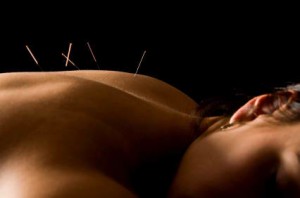Acupuncture is known to illicit its effects by stimulating the nervous system. Little is understood though, about how the physical stimulation of an acupuncture needle turns into a neurological signal in the body.
A recent study (March 2014) uncovered more answers in this area and identified what makes acupuncture points so special. Layers of mouse tissue from a commonly used acupuncture point stomach 36 (ST36) were analysed and compared to tissue from a non-acupuncture point.
A high concentration of mechanosensitive proteins (TRVP1, TRVP4, ASIC3) were detected throughout tissue at ST36. TRVP1 was the main protein found to regulate pain relief. Mechanosensitive proteins in cells detect mechanical deformation of the cell membrane caused by changes in tension, thickness or curvature (ie. caused by an acupuncture needle).
Nerve signals from acupuncture are thought to occur via calcium wave propagation (CWP). For the first time this study identifies the link between CWP and the presence of TRVP1. Components of CWP were detected in tissue containing high levels of TRVP1.
This means in comparison to a non-therapeutic point, tissue at the acupuncture point ST36 contains a high level of unique mechanosensitive proteins that respond to changes caused by an acupuncture needle. This then initiates a neural signal via the calcium wave propagation pathway.
This summary may be a little technical but results from this study have helped us to understand, how a needle used in acupuncture can generate nerve signals that lead to hormone regulation, increased blood flow, pain relief and the sense of relaxation.
Shu-Yih Wu et al., BMC Complementary and Alternative Medicine 2014, 14:96 
